#old kingdom
Text


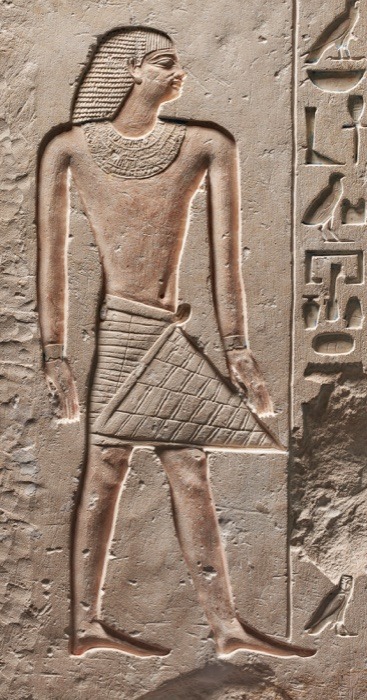
AN EGYPTIAN PAINTED LIMESTONE RELIEF FRAGMENT
OLD KINGDOM, 6TH DYNASTY, REIGN OF PEPI II, CIRCA 2278-2184 B.C.
Pepi II Neferkare (2284 BC – after 2247 BC, probably either c. 2216 or c. 2184 BC was a pharaoh of the Sixth Dynasty in Egypt's Old Kingdom who reigned from c. 2278 BC. His second name, Neferkare (Nefer-ka-Re), means "Beautiful is the Ka of Re". He succeeded to the throne at age six, after the death of Merenre I.
Pepi II's reign marked a sharp decline of the Old Kingdom. As the power of the nomarchs grew, the power of the pharaoh declined. With no dominant central power, local nobles began raiding each other's territories and the Old Kingdom came to an end within a couple of years after the close of Pepi II's reign.
#AN EGYPTIAN PAINTED LIMESTONE RELIEF FRAGMENT#OLD KINGDOM#6TH DYNASTY#REIGN OF PEPI II#CIRCA 2278-2184 B.C.#limestone#limestone sculpture#ancient artifacts#archeology#archeolgst#history#history news#ancient history#ancient culture#ancient civilizations#ancient egypt#egyptian history#egyptian hieroglyphs#egyptian mythology#egyptian antiquities#egyptian pharaoh#egyptian art
16 notes
·
View notes
Text
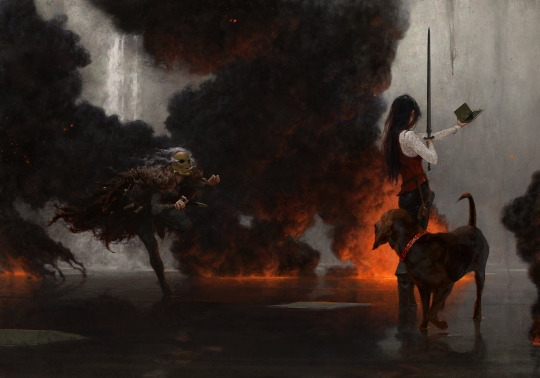

Lirael by Tommy Arnold
#tommy arnold#garth nix#lirael#sabriel#old kingdom#abhorsen#i looooove tommy arnold's art he's just so good#and lirael is my favorite old kingdom book i need to reread it
3K notes
·
View notes
Text

Tomb Wall Fragment Depicting Donkeys
Egyptian, Old Kingdom, Dynasty 5 (about 2504–2347 BCE)
This fragment is part of a scene of donkeys being driven over grain to separate wheat from chaff- one that was used in many Egyptian tombs. The tomb’s owner selected the decoration for his or her tomb chamber from a selection of established themes, much as one might select wallpaper today.
624 notes
·
View notes
Text

~ Bundle of Hair Extensions.
Date: ca. 2114-1502 B.C.
Period: Old Kingdom-early New Kingdom; 16th-18th Dynasty
Medium: Human hair, linen
▪︎ From the source: These hair extensions would have been placed in a tomb for use in the afterlife. In this world, Egyptians used extensions to make their wigs or natural hair thicker and more attractive, just as people do today. The reliefs in this case show hairdressers adding extensions like these to the hair or wig of Queen Neferu.
#ancient#ancient art#history#museum#archeology#ancient egypt#ancient history#archaeology#egyptian#egyptology#egypt#bundle of hair extensions#extensions#fake hair#queen tiye#old kingdom#new kingdom#16th Dynasty#18th dynasty#human hair#ca. 2114 b.c.#ca. 1502 b.c.
2K notes
·
View notes
Text
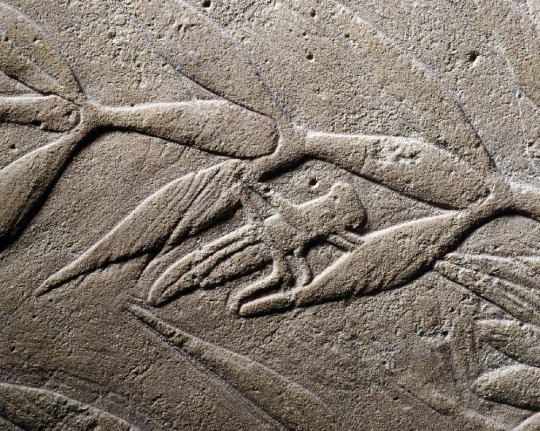
I feel we all need to see the 1,5 cm tall grasshopper from the mastaba tomb of Hetepherakhet again
734 notes
·
View notes
Text
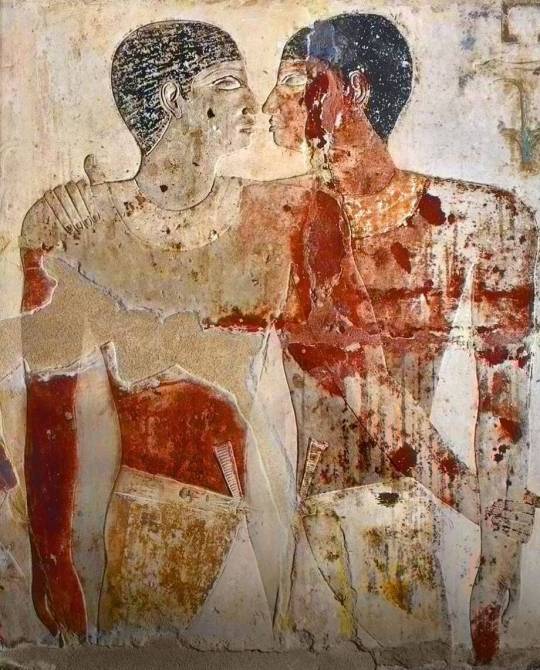
Relief depicting Khnumhotep and Niankhkhnum
Old Kingdom, 5th Dynasty, ca. 2498-2345 BC.
Saqqara necropolis.
319 notes
·
View notes
Text
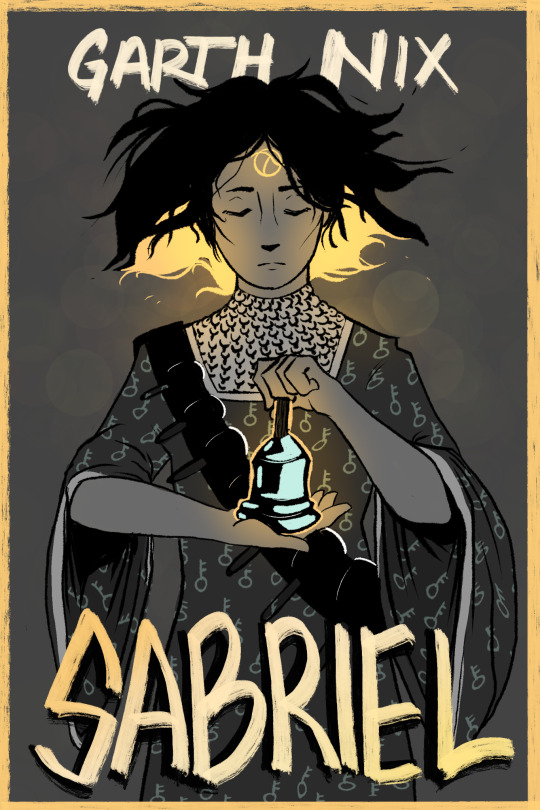

Does the walker choose the path or does the path choose the walker?
439 notes
·
View notes
Text
I know the answer is "magic" but I still wonder how Old Kingdom necromancers and abhorsens don't get tissue damage from all that ice buildup. <- posts I acknowledge Nicholas Sayre would also make
#Sam walking in on Lirael in a trance and Nick prodding her with an instant read thermometer:#you know walking in on you making out would be less weird#Nick: glad you're here! there's not enough moisture in the air to create all this ice.#the water must be coming over from Death somehow. I want to take samples but I need a spelled contai-#oh you're walking away#old kingdom
388 notes
·
View notes
Text
#random poll#book poll#the spiderwick chronicles#rangers apprentice#everworld#his dark materials#redwall#charlie bone#the inheritance cycle#sisters grimm#artemis fowl#the song of the lioness#old kingdom#reading poll#early 2000s
416 notes
·
View notes
Text
an average standing next to me performance in 25th century BC

this is a depiction of Niankhkhnum and Khnumhotep, two egyptian men who served under the sixth pharaoh of the fifth dynasty with the title of 'overseer of the manicurists' from their tomb in saqqara, egypt. they are thought to be the oldest depiction of a gay couple in ancient history by some scholars- they were buried together, called 'royal confidants' and shown in poses usually common from married het couples. others, of course, said they were just bros
75 notes
·
View notes
Text
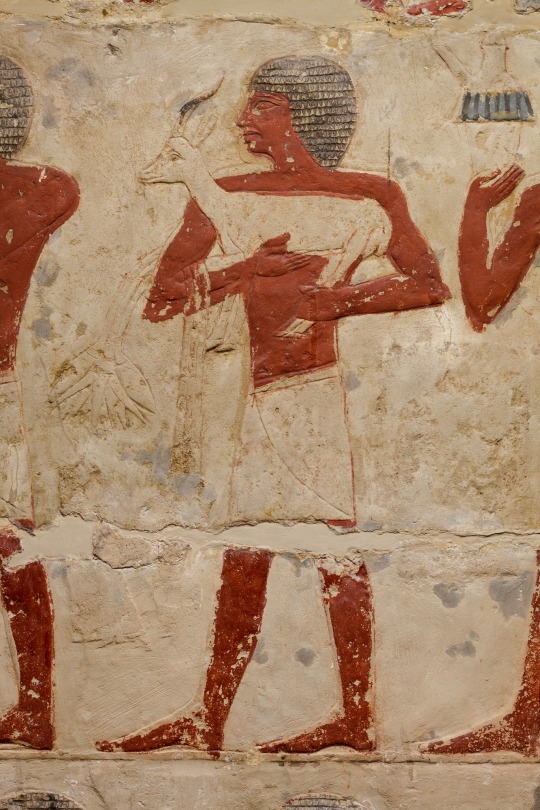
A man brings a gazelle as an offering to the palace administrator Perneb. Scene (painted limestone) from Perneb's tomb at Saqqara, dating to ca. 2381-2323 BCE (5th Dynasty, Old Kingdom). Purchased from the Egyptian government in 1913 and now in the Metropolitan Museum of Art, NYC.
#art#art history#ancient art#Egypt#Ancient Egypt#Egyptian art#Ancient Egyptian art#5th Dynasty#Fifth Dynasty#Old Kingdom#tomb painting#Saqqara#Metropolitan Museum of Art
229 notes
·
View notes
Text

Old ink drawing of Lirael
964 notes
·
View notes
Photo

Sabriel - Tommy Arnold
2K notes
·
View notes
Text
Modern-day Old Kingdom teen going to school in in Ancelstierre, showing off her Shein haul that she literally cannot take home for the summer or it will all fall apart
#old kingdom#like what happens when polyester is eventually developed#and electric sewing machines become ubiquitous#WellandGood when it’s still in the sort of 1920s technology realm of the book series but#eventually 99% of everything made across the wall just won’t be able to enter the kingdom
82 notes
·
View notes
Text

Not very heterosexual of you, Lirael.
78 notes
·
View notes
Text

Wooden statue with inlaid eyes of the Priest and Scribe Ka'aper (known as Sheikh el-Beled)
Old Kingdom, Late 4th-5th Dynasty, c. 2500 B.C.
Mastaba of Ka-aper, Saqqara Necropolis.
Egyptian Museum, Cairo. CG 34
Read More
505 notes
·
View notes